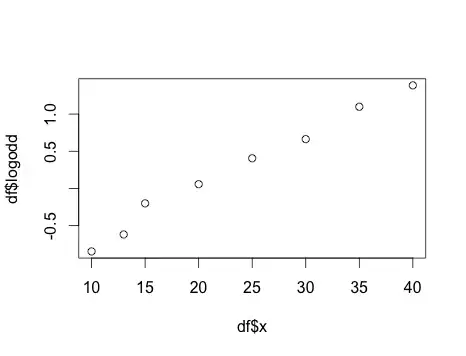The following table gives data on income in thousand dollars (x), the number of families (N) at income x and the number of families owning a house (n).
x 10 13 15 20 25 30 35 40 N 60 80 100 70 65 50 40 25 n 18 28 45 36 39 33 30 20Suggest an appropriate regression equation to explain the effect of income on owning a house. Also estimate the parameters of this equation using the above data and predict therefrom the proportion of families at income 32 thousand dollars who own a house.
For this problem I am using Logistic regression. I tried to find $p_i=(n_i/N_i)$ then $Y=\ln(p_i)-\ln(1-p_i)$. Do I have to work with frequency to find mean(y) and mean(x)? Then how can I estimate 'a' and 'b'?
And if possible give some links where I can find this kind of problems.
